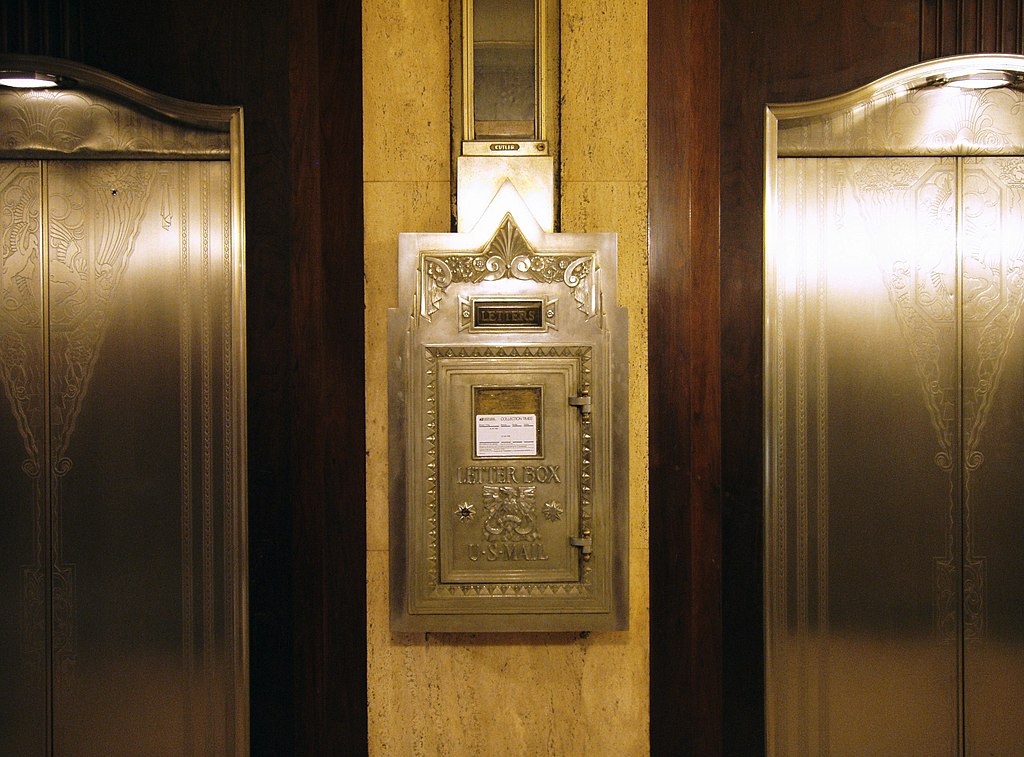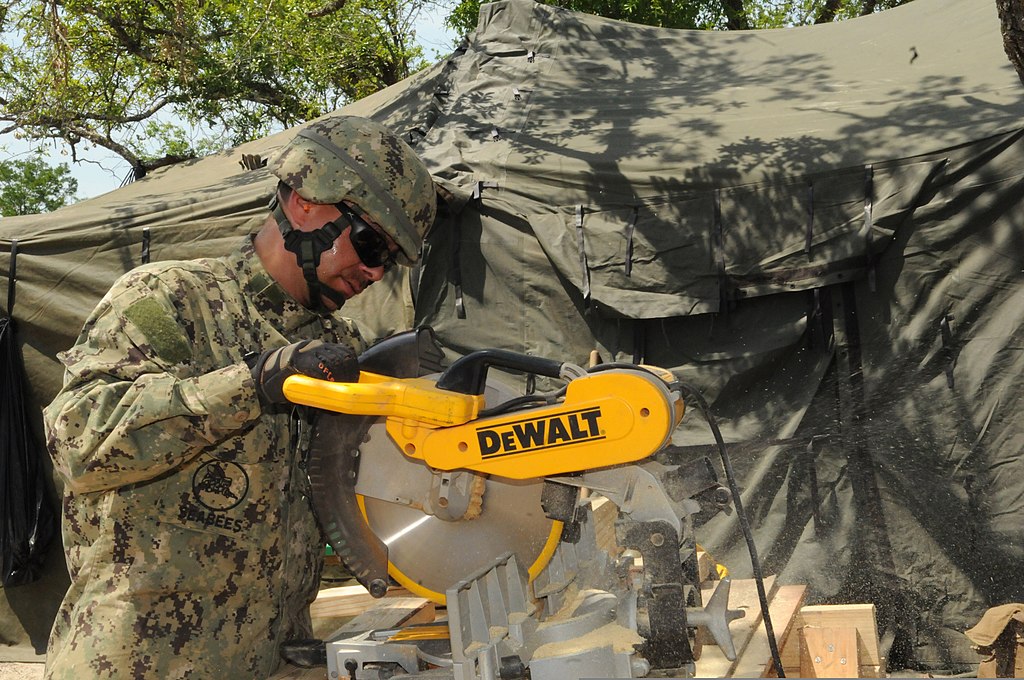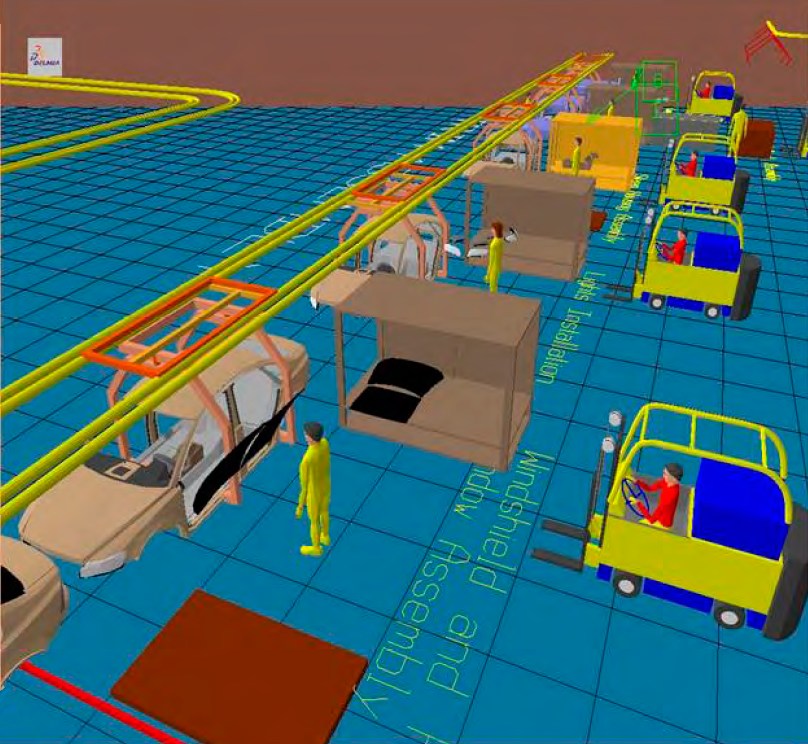Elevators are found in all kinds of multi-story buildings, and even if you live in a rural community where tall buildings are rare, you’ve probably ridden an elevator at least once. For some city dwellers, elevators are a part of everyday life, and many delivery drivers also know the familiar sounds of freight elevator components as they spring to life carrying large, heavy objects up and down the interiors of tall buildings.
Although both passenger elevators and freight elevators serve the same general purpose, that is to move objects and people up and down between stories in buildings, the two types are actually quite different. If you’re wondering what’s the difference between a freight elevator and a passenger elevator, here are some answers:
Freight Elevators
A freight elevator is used primarily for freight transport. In most cases, only an operator and delivery personnel are allowed to ride the elevator while it’s moving. The interior of a freight elevator is usually larger than that of a passenger elevator in order to provide more room for large loads of freight. Additionally, the doors of a freight elevator often open from the center to provide a wider entryway. The components that drive freight elevators tend to be constructed of tougher alloys and other materials to stand up to the weight that freight elevators often need to support.
Passenger Elevators
Passenger elevators are usually used to move people and light objects. While they are designed to withstand a lot of weight, they generally do not have the same capacity as freight elevators. The doors on a passenger elevator often slide in from one side instead of opening in the middle. The interior of a passenger elevator is also smaller than that of a freight elevator, and the amount of people that can fit inside of the passenger version is governed by its size. You can always find the limitations of a passenger elevator inside the unit posted on a wall.
Where Can Each Type Of Elevator Be Found?
Passenger elevators are usually found in residential buildings and office buildings; however, they can be found in any building that people use for long periods of time. Condominiums, apartment buildings, office buildings, churches, schools and theaters are just a few examples of buildings where passenger elevators may be used.
Freight elevators can also be found in residential areas, but in this capacity, they are mainly used for tasks like transporting garbage or laundry. Some residential buildings include access to a freight elevator to help residents move furniture and other large items in and out of the building. If this is the case, the elevator generally is not accessible to the public and is only used by maintenance staff under supervision.
By and large, freight elevators are used in commercial spaces. Warehouses, for instance, will typically house a number of freight elevators due to the nature of these sites. Manufacturing plants, production facilities and industrial sites are also places where freight elevators are used.
Is A Service Elevator The Same As A Freight Elevator?
You may also encounter elevators that are referred to as service elevators. While this equipment is similar to a freight elevator, the two are different. A service elevator usually has a large interior, but the doors often open from two opposing sides of the unit. Service elevators are often used in hospitals and other settings where people riding an elevator need to enter and exit from two sides of a hallway or a pair of buildings.
A service elevator may also include bumper rails on the interior walls to prevent damage. You may also notice that the interior of a service elevator has an unfinished look compared to the polish of a passenger elevator. Both people and light freight can ride a service elevator, and there may or may not be restrictions regarding who can operate the unit.


